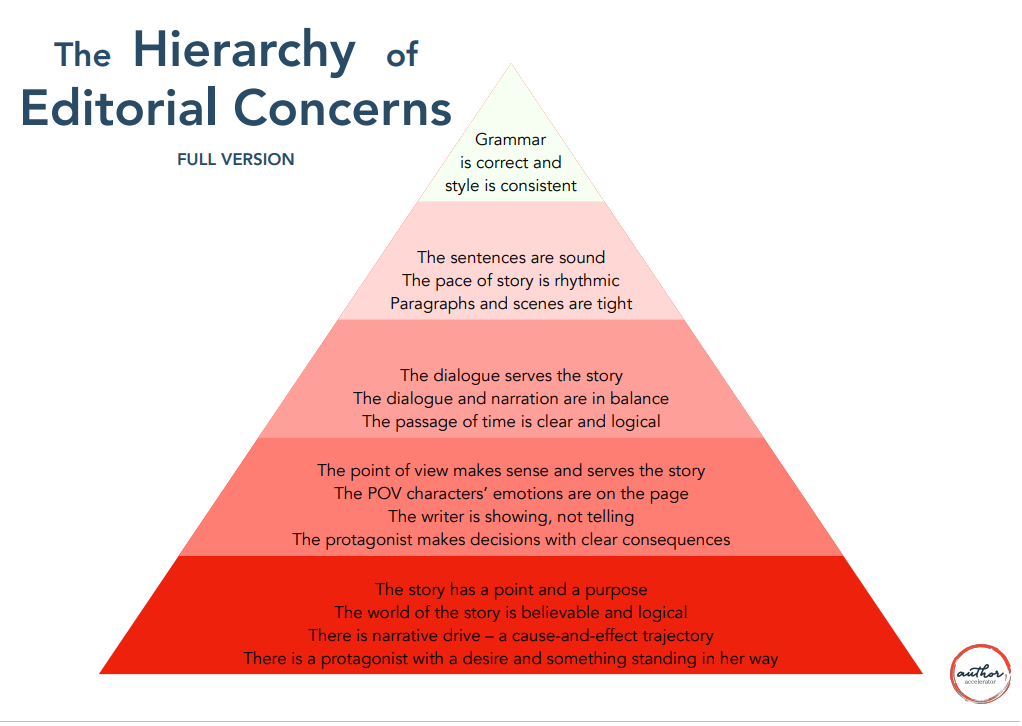Big Goal Achieved—Now What?
Chip circling back to find Joanie on April 1, 2023, after 20 inches of fresh snow arrived.
It’s time for me to celebrate! I finished the first draft of my middle grade zoo mystery on Friday, March 31. As I mentioned last week, that was my goal deadline. It felt wonderful to achieve that goal.
My husband and I had intended to go out for supper the next night to celebrate, but nature had other plans. When we went to bed Friday night, it was raining.
We woke up Saturday, April Fool’s Day, to 20 inches of heavy, wet snow and no power.
The power returned by Saturday afternoon, but the snow kept us blocked into our driveway until noon Sunday.
Although we didn’t go out to eat to celebrate, I did reward myself by spending most of the day Saturday reading a new historical YA, Stateless, by Elizabeth Wein. (While I enjoyed it, Code Name Verity is still my favorite of Wein’s.)
Next step—revise
When I texted my middle sister about finishing this first draft, she texted back a party emoji, and then “Now what?”
I already know—in broad strokes—what I need to do next.
First, I need to let the story rest a few days, at least.
Then I’m going to create a new inside outline of the novel, scene by scene. I won’t limit myself to 3, single-spaced pages, like the Blueprint for a Book process calls for when planning a novel. This version of the outline, called an “as-is outline,” will show me each scene so that I can see more clearly what I have on the page and what I still need to include.
I’ll focus on the big picture issues first—the mystery plot and the characters.
For example, as I was drafting, I added a secondary character way late in the book. This wasn’t someone I’d originally planned for, but I discovered through writing the novel that I needed another suspect.
I know he needs to be introduced much sooner and he needs to have some minor interactions with at least one of my detective characters.
The outline will also help me see where I’ve already planted clues and where I still need to plant clues.
Starting my revision process with an outline also helps me avoid fussing with minor concerns, like word choice and sentence structure, before I’m ready for them.
It’s too easy to get bogged down in minutiae like this if I don’t give myself another way to focus on the plot and character arcs.
I’m not sure that my kid detective’s arc has a satisfying shape to it yet. So that’s one thing I’ll look for. I’ll focus exclusively on kid detective stuff during one pass of the revision.
Revision isn’t a single run through the manuscript. It’s more like a decathlon with multiple races of different lengths, plus hurdles, plus pole vault, shot put, high jump, etc.
Effective, powerful revision requires our attention on multiple “events,” one at a time.
The as-is outline will help me identify what those different “events” are in my novel. And I’ll tackle them according to how significant they are.
It helps immensely that I’m halfway through a class for certified book coaches that focuses on revision. I’ll be testing everything I learn on myself first!
How have you traditionally thought about revision? Do you have an approach that works well for you?

